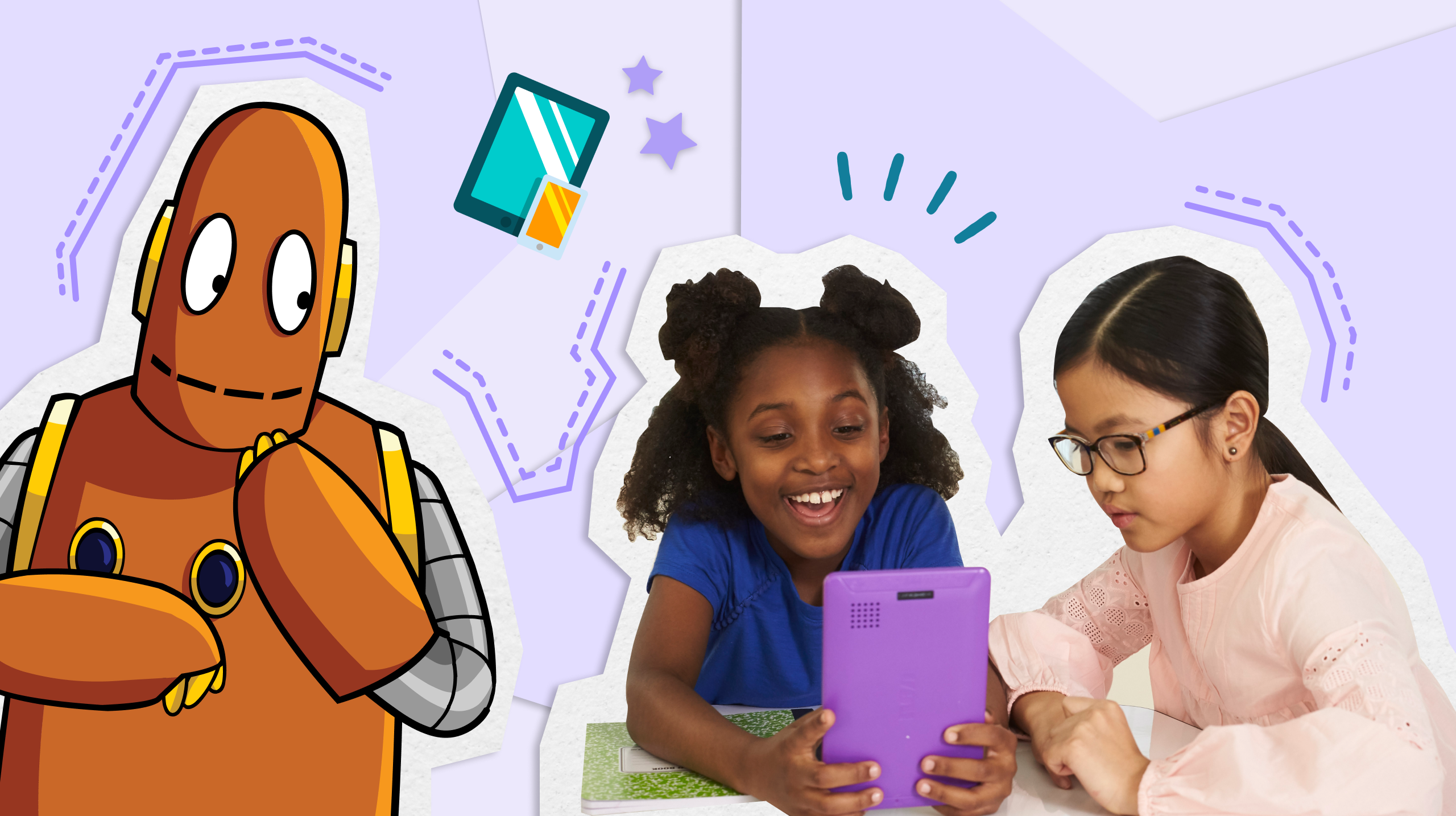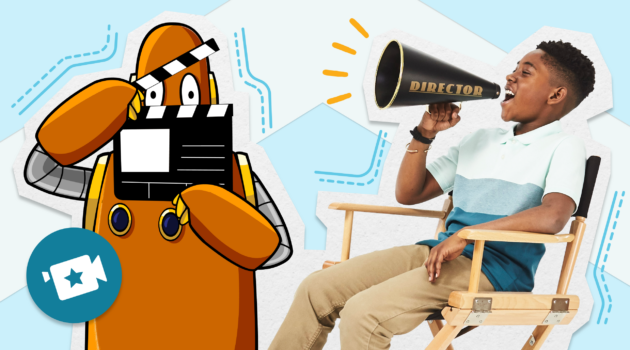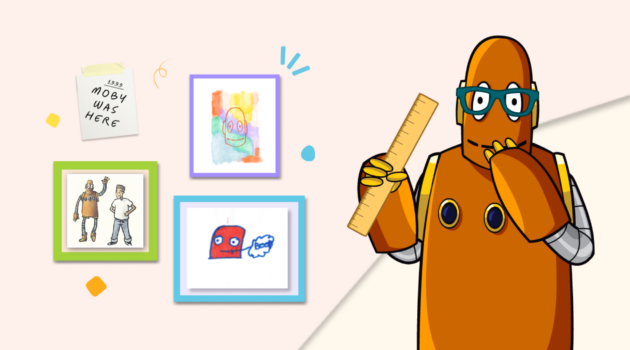Video Tutorials
I Tried It: Watch, Discuss, Rewatch

We asked our incredible Certified BrainPOP Educator (CBE) community to “try out” teaching strategies from our Professional Learning Services team. These strategies are designed to keep engagement at the center of lessons, while ensuring every student has the opportunity to learn and grow.
Strategy: Watch, Discuss, Rewatch
Make BrainPOP movies a more active part of your class with Pause Points–while also providing an opportunity to practice essential literacy skills.
How educators implemented the strategy
Jennifer Peterson, Library Media Coordinator
Topic: Information Privacy (BrainPOP)
What essential literacy skills did your students build during this lesson?
Determine central ideas and summarize the key supporting details and ideas.
What was something that surprised you about trying this strategy?
Even though it’s a topic I have discussed with the students many times, they still had lots to add to the discussion. Having them discuss with each other really brought out some great ideas.
Rebecca Hurt, Teacher, Grade 2
Topic: Inches and Feet (BrainPOP Jr.)
Tell us about the lesson and how you implemented the strategy.
The lesson went well. We used this strategy in math using measurement, inches and feet. We discussed the key points needed to understand how to measure and rewatched the video to identify any missing information to support our learning.
What essential literacy skills did your students build during this lesson?
Integrate and evaluate content presented in diverse media formats.
What was something that surprised you about trying this strategy?
This strategy helped struggling learners really listen and identify what supports were needed to measure.
Kizzy Jackson, Media Services Specialist
Topic: Various
Tell us about the lesson and how you implemented the strategy.
I show the students videos when introducing a new skill, such as how to read a library book and summarize what they have read. So we watch BrainPOP [movies] on ideas, summarizing, and even tech videos. We pause the video and ask questions, they turn and talk and share ideas, and after explaining what they learned, they get to draw it out. They include details in their summary and in their drawing.
What essential literacy skills did your students build during this lesson?
Draw evidence from literary or informational texts to support analysis, reflection, and research.
How does this strategy help support you or your students?
It built more engagement and creativity.
What was something that surprised you about trying this strategy?
[The students] used academic vocabulary in their summaries.
Differentiating for English Language Learners (ELLs)
Bryan Betz
Topic: Five Paragraph Essay (BrainPOP)
Tell us about the lesson and how you implemented the strategy.
I enabled closed captions and changed the playback speed from original to slower. I wanted to ensure that students got the “big picture” which can be difficult for ELLs. Especially if you start to discuss concepts and ideas before they have had a chance to process the language in the movie.
After we finished the movie, I engaged in some whole class teacher-led discussion of the ideas presented in the movie. We brainstormed vocabulary from the movie to reinforce the academic language and outlined a skeleton flow chart of the five steps for writing an essay.
I gave each student a printed copy of the transcript before the second viewing. With a partner, students turned off their screens and listened to the movie. They paused the movie during the transcript queues to read what was happening on the screen together. This additional viewing allows them to hear the language and focus on the pronunciation and use of new words.
Afterwards, they are given a copy of Tim’s Model Essay (The Case for a Longer School Year) and are asked the following questions:
- What argument is Tim making in his essay?
- What are his reasons or evidence for his argument?
- Is Tim’s argument persuasive? Why or why not?
- What is the purpose of the first paragraph? Middle paragraphs? Last paragraph?
Students rewatch the movie individually with assigned Pause Points and discuss the movie as a small group. They are given a graphic organizer to help them outline their five-paragraph essay. Students work together to come up with their main topic, ideas for body paragraphs, as well as evidence or details that support the topic sentences. After students have completed their first draft of their five-paragraph essay, they can exchange their work for proofreading, editing, and final drafting.
What needs in your classroom is this strategy fulfilling?
I help students who are making the transition to school in America from South Korea. These students are in a unique position because they are processing the information from the movie while learning the academic language, subject-specific vocabulary, and question-and-answer sentence structure. This means strategies like “Watch, discuss, rewatch” are doubly valuable for them.
What was something that surprised you about trying this strategy?
Students chose to provide their answers to the Pause Points in various ways. Some students wrote their answers using sentence starters I provided. Many others made voice recordings of their answers as they felt more comfortable using their spoken voice in English.
It is necessary to provide my students with the opportunity to view the movie, read the transcript, and process the information a few times before they feel comfortable discussing it with their partners or in small groups. Many wanted more time to prepare before we broke into our discussion groups, resulting in less time for organized and guided practice with the discussion questions than I would have liked. Next time, I will assign the movie and support materials (quiz, challenge, related readings…etc.) before class.
Give this strategy a try!
Samantha Hodes is community engagement associate on the BrainPOP Marketing Team.






